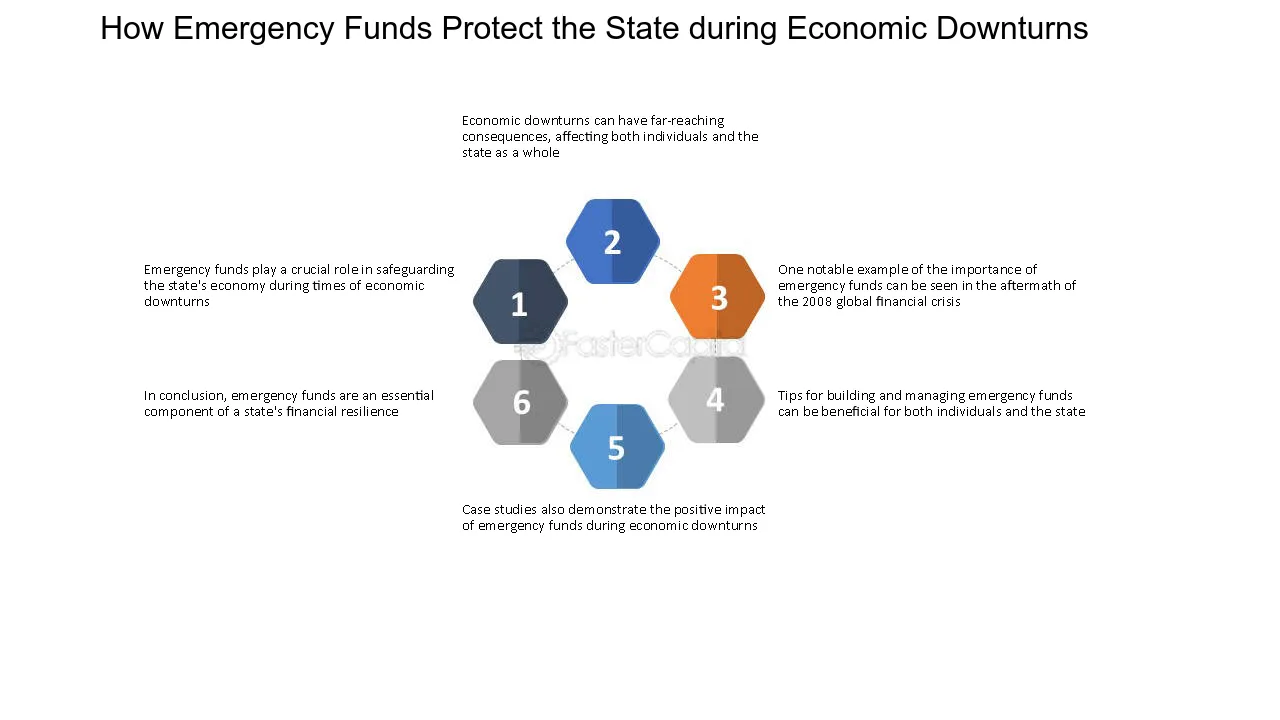In the dynamic landscape of personal finance, strategies for building and maintaining emergency funds stand out as indispensable pillars of financial stability. An emergency fund serves as a robust safety net, providing individuals with a financial cushion to navigate unexpected expenses, job loss, or unforeseen circumstances. The importance of such funds lies not only in their immediate practicality but also in their ability to shield individuals from the long-term repercussions of financial setbacks. Understanding the key strategies for establishing and managing emergency funds is paramount for individuals seeking to fortify their financial resilience.
One fundamental strategy revolves around setting a clear savings goal for the emergency fund. Financial experts often recommend accumulating three to six months' worth of living expenses, ensuring that individuals have a sufficient buffer to weather financial storms. Establishing this goal provides a tangible target, motivating consistent savings efforts. It is advisable to start small, setting aside a percentage of income each month, and gradually increasing contributions as financial circumstances allow. This gradual approach makes the goal more achievable, fostering a sustainable savings habit.
Diversification is another key strategy in optimizing the effectiveness of emergency funds. Rather than relying solely on traditional savings accounts, individuals can explore investment options that offer liquidity and security. Money market accounts or short-term bond investments provide opportunities for capital preservation while generating slightly higher returns than standard savings accounts. This diversification ensures that emergency funds not only retain their value but also have the potential for modest growth, enhancing their overall financial impact.
Regular reassessment of emergency fund adequacy is integral to its effectiveness. Life circumstances, expenses, and income can undergo fluctuations, making it essential to periodically review and adjust the size of the emergency fund. Major life events such as marriage, parenthood, or home purchase may necessitate an increase in the fund’s size to accommodate changing financial responsibilities. By routinely reassessing and recalibrating the emergency fund, individuals can ensure that it remains aligned with their evolving financial landscape.
Educating oneself about the distinct role and purpose of an emergency fund is crucial to its successful implementation. Understanding that this fund is distinct from long-term savings or investment portfolios fosters a disciplined approach to its utilization. An emergency fund is not intended for discretionary spending but rather serves as a dedicated reservoir for unforeseen financial challenges. This awareness contributes to responsible financial management, ensuring that the emergency fund remains a reliable shield against unexpected financial turbulence.
In conclusion, strategies for emergency funds encompass setting clear savings goals, diversifying investments, regularly reassessing fund adequacy, and cultivating a nuanced understanding of its purpose. By integrating these strategies into their financial planning, individuals can establish a formidable defense against the uncertainties that life may present. An effectively managed emergency fund not only safeguards against immediate financial crises but also lays the groundwork for sustained financial well-being, empowering individuals to navigate their financial journey with confidence and resilience.
